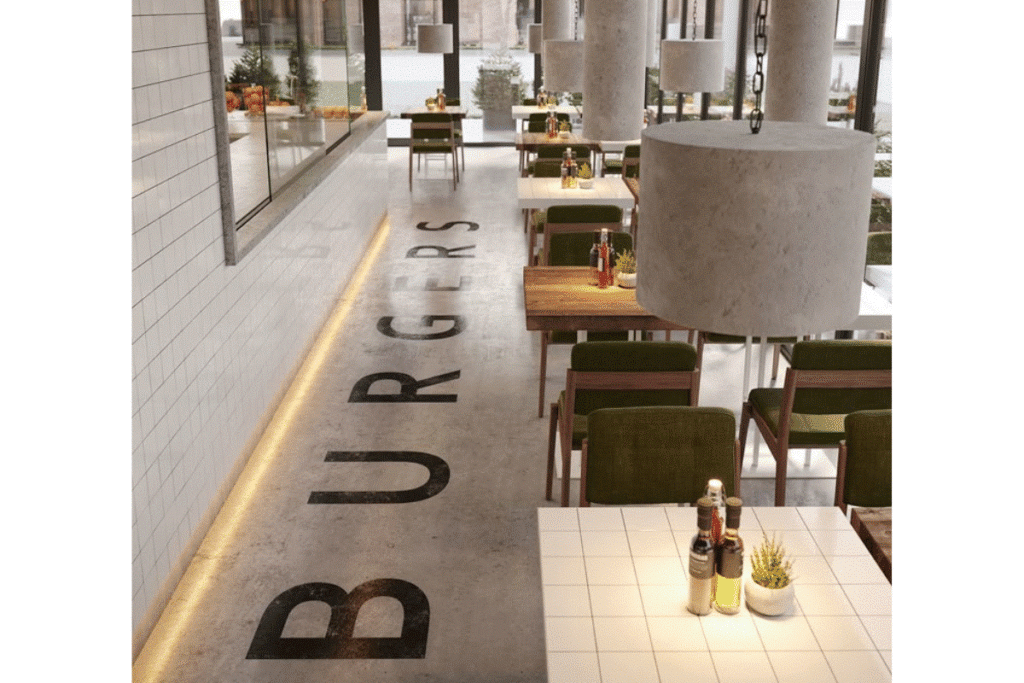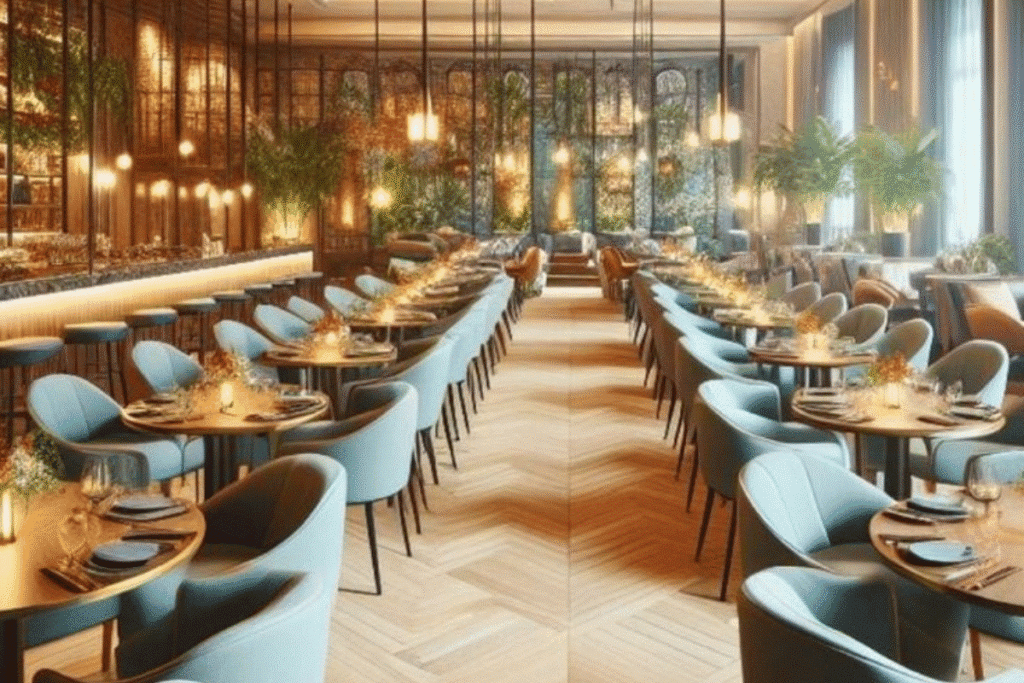Interior design plays a pivotal role in creating the right ambiance and customer experience, whether it’s for a fast food outlet or a fine dining restaurant. While both aim to attract and retain customers, their approaches to design reflect the type of experience they wish to deliver. Below, we dive into the key differences between fast food and fine dining restaurant interior design in Dubai.


Ultimately, fast food and fine dining establishments serve entirely different purposes, and their interior designs reflect this distinction. Fast food interiors are practical, vibrant, and functional, designed to cater to a high turnover of customers seeking a quick meal in an energetic environment. Fine dining interiors, on the other hand, prioritize elegance, comfort, and luxury, offering guests a memorable dining experience that invites relaxation and indulgence.
When considering restaurant interior design in Dubai, it’s essential to align the design elements with the brand’s identity and the experience you want to provide for your customers. Whether it’s the bright, bustling atmosphere of a fast food restaurant or the tranquil elegance of a fine dining space, design plays a key role in shaping the overall experience. Reach out to DNL Interiors and explore the best design choices for your restaurant today!